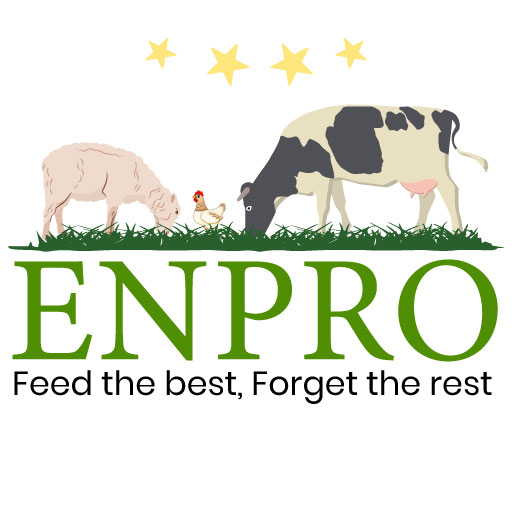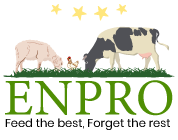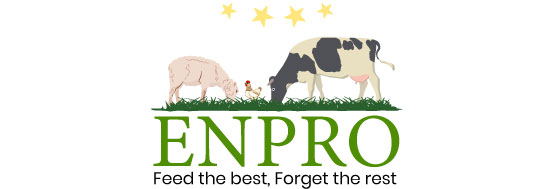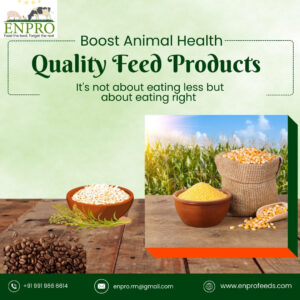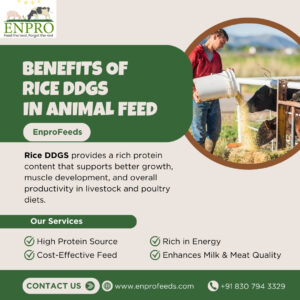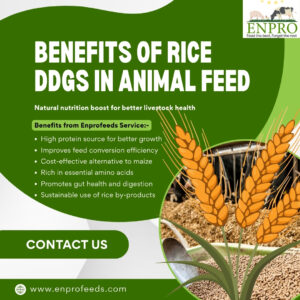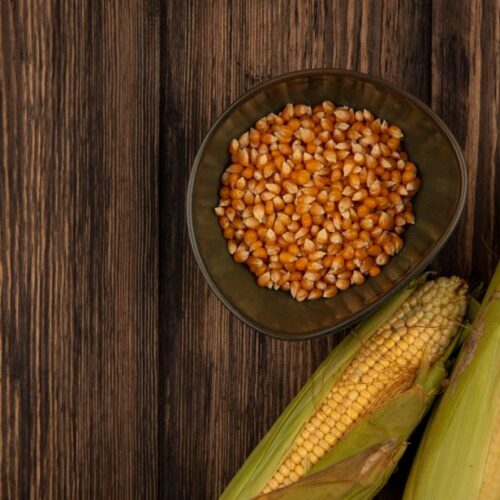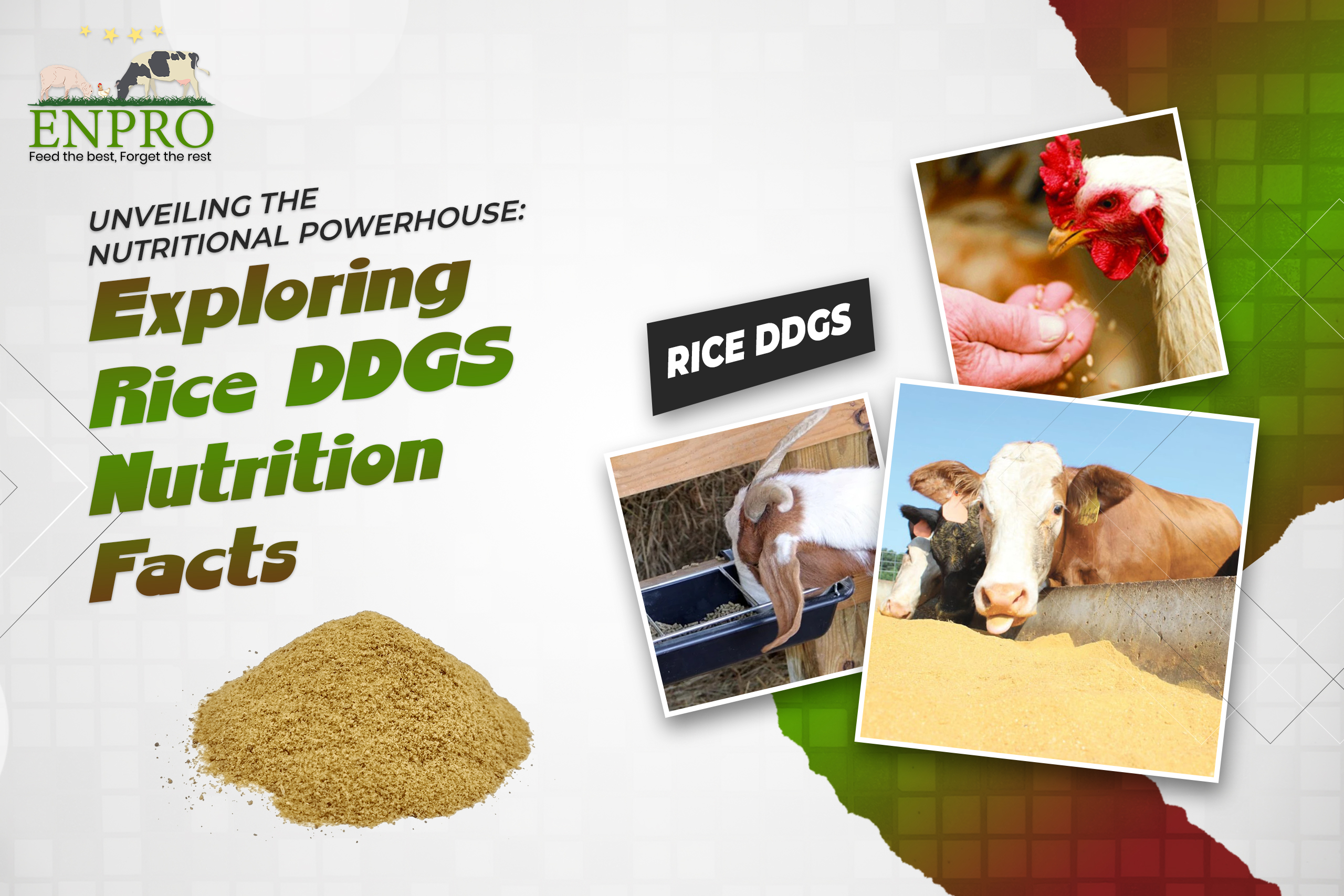
As the quest for sustainable and nutritious animal feed alternatives continues, one name has been gaining prominence in recent years – Rice Distillers Dried Grains with Solubles (DDGS). Not only is it an eco-friendly byproduct of rice processing, but it also packs a nutritional punch. In this blog, we delve into the nutrition facts of Rice DDGS, shedding light on its potential as a valuable ingredient in animal nutrition.
What is Rice DDGS?
Rice DDGS is a co-product obtained during the production of rice-based alcoholic beverages like rice wine or sake. It is created through the fermentation and distillation process, leaving behind a nutrient-rich residue. While traditionally used as a component in animal feed, its nutritional benefits extend beyond mere sustenance.
Rich in Protein:
One standout feature of Rice DDGS is its high protein content. With levels ranging from 28% to 32%, it serves as an excellent source of amino acids crucial for animal growth and development. This makes it an ideal supplement for livestock and poultry diets, contributing to muscle development and overall health.
Energy-Packed Carbohydrates:
Apart from protein, Rice DDGS is also a rich source of carbohydrates, offering an energy boost for animals. The carbohydrate content primarily comprises fiber and simple sugars, providing sustained energy release and promoting digestive health.
Essential Vitamins and Minerals:
Rice DDGS isn’t just about proteins and carbohydrates; it also contains essential vitamins and minerals vital for animal well-being. B-vitamins, phosphorus, and potassium are among the nutrients present, contributing to bone health, metabolic functions, and overall vitality.
Digestibility and Palatability:
One key advantage of incorporating Rice DDGS into animal feed lies in its high digestibility. Animals can efficiently absorb and utilize the nutrients, maximizing the benefits of the feed. Additionally, its palatability makes it an attractive option for animals, ensuring they consume the necessary nutrients willingly.
Beyond its nutritional profile, Rice DDGS plays a crucial role in promoting sustainability. By utilizing a byproduct of the rice industry, it contributes to reducing waste and lessening the environmental impact of rice production. This aligns with the growing global focus on eco-friendly practices in agriculture.
Incorporating Rice DDGS into Animal Diets:
Farmers and nutritionists are increasingly recognizing the potential of Rice DDGS in formulating balanced animal diets. Its versatility allows for integration into various feed formulations for poultry, swine, and ruminants. However, it’s essential to work with nutritional experts to ensure proper blending and balance within the overall feed composition. Rice DDGS Nutrition
Conclusion:
Rice DDGS Nutrition In the world of animal nutrition, understanding the intricacies of alternative feed ingredients is paramount. Rice DDGS emerges as a nutritional powerhouse, offering a sustainable solution to enhance livestock and poultry diets. As the demand for eco-friendly and nutritionally rich animal feeds grows, Rice DDGS stands tall as a viable and valuable option, contributing to the well-being of animals and the planet alike.
